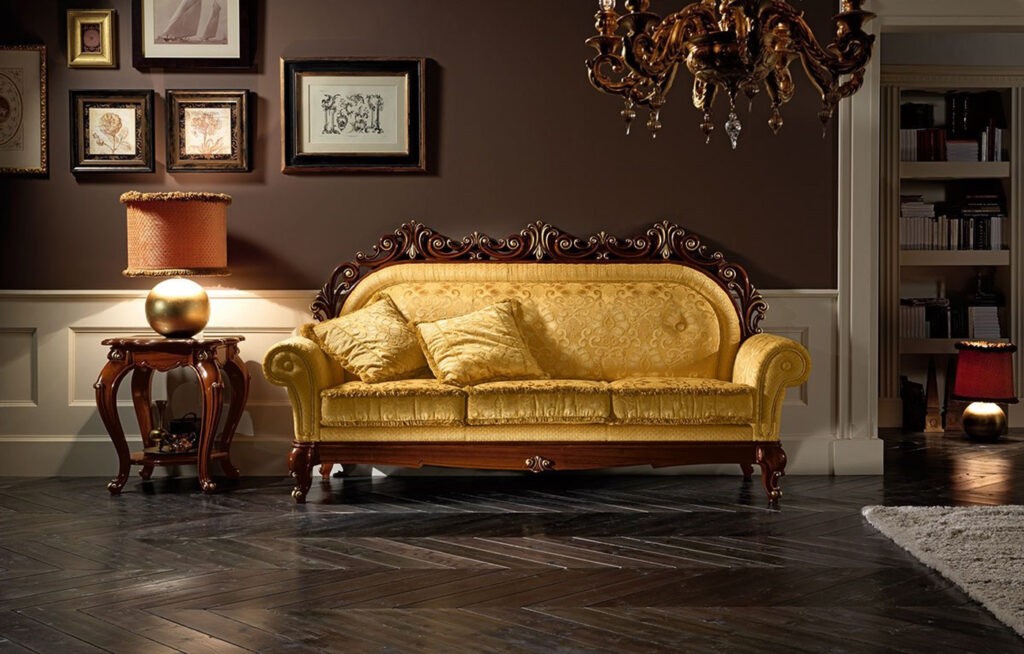The history of furniture is an exciting journey through time and cultures, demonstrating how changes in styles and technologies reflect the evolution of societal views and technological innovations. In this article, we will trace how furniture styles have evolved from antiquity to modern times, highlighting key moments of this evolution.
Antiquity and the Middle Ages
In antiquity, furniture was predominantly functional, but even then it began to acquire decorative elements, as seen in Egyptian thrones and Greek couches. During the Middle Ages, furniture became heavier and more monumental, reflecting a desire for stability and durability.
Renaissance and Baroque
The Renaissance period brought a revival of interest in art and science, which was reflected in furniture design. Furniture became more elaborate and decorative. The Baroque era introduced luxuriously adorned pieces with curved forms and rich carvings, which became symbols of status and power.
Classicism and Neoclassicism
Classicism rejected the excesses of the Baroque in favor of strict symmetry and simplicity of lines. Neoclassicism, which emerged in the late 18th century, continued this tradition, drawing inspiration from the straight and clean lines of ancient furniture, making it a popular choice in the newly formed United States and Europe.
Modernism and Art Deco
The late 19th and early 20th centuries saw the emergence of Modernism and Art Deco, characterized by experimentation with forms and materials. Furniture from these periods began to express optimism and faith in technological progress, which was reflected in the use of steel, glass, and vibrant colors.
Contemporary Times
Contemporary furniture style is oriented towards minimalism and functionality. The use of the latest materials, such as polymers and composites, allows for the creation of furniture that is not only beautiful but also maximally adapted to the needs of modern people. Eco-friendliness and sustainable production become priorities, reflecting global sustainable development trends.
Conclusion
The history of furniture is a mirror of human civilization. It shows how through everyday objects, one can read the history of human achievements, changes in tastes, and technologies. In each era, furniture not only served convenience but also reflected the spirit of the times, being an art accessible to everyone.

